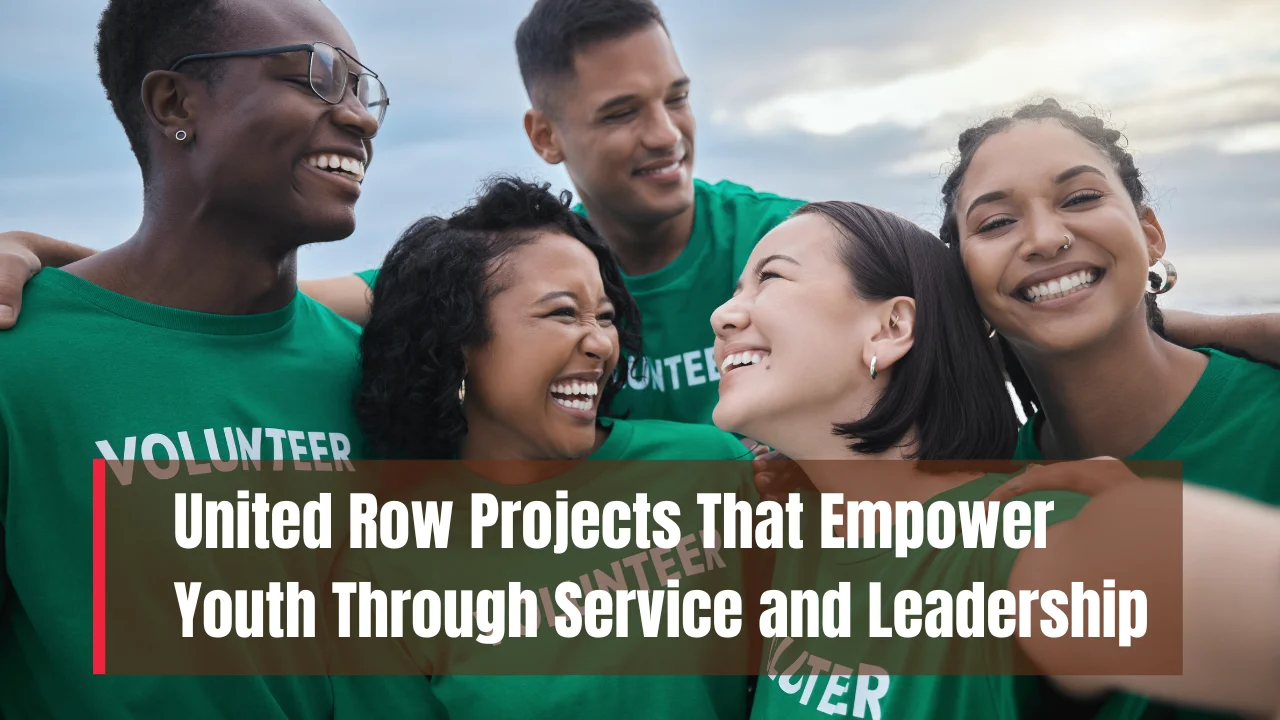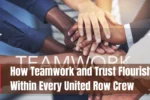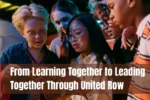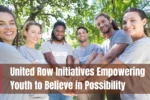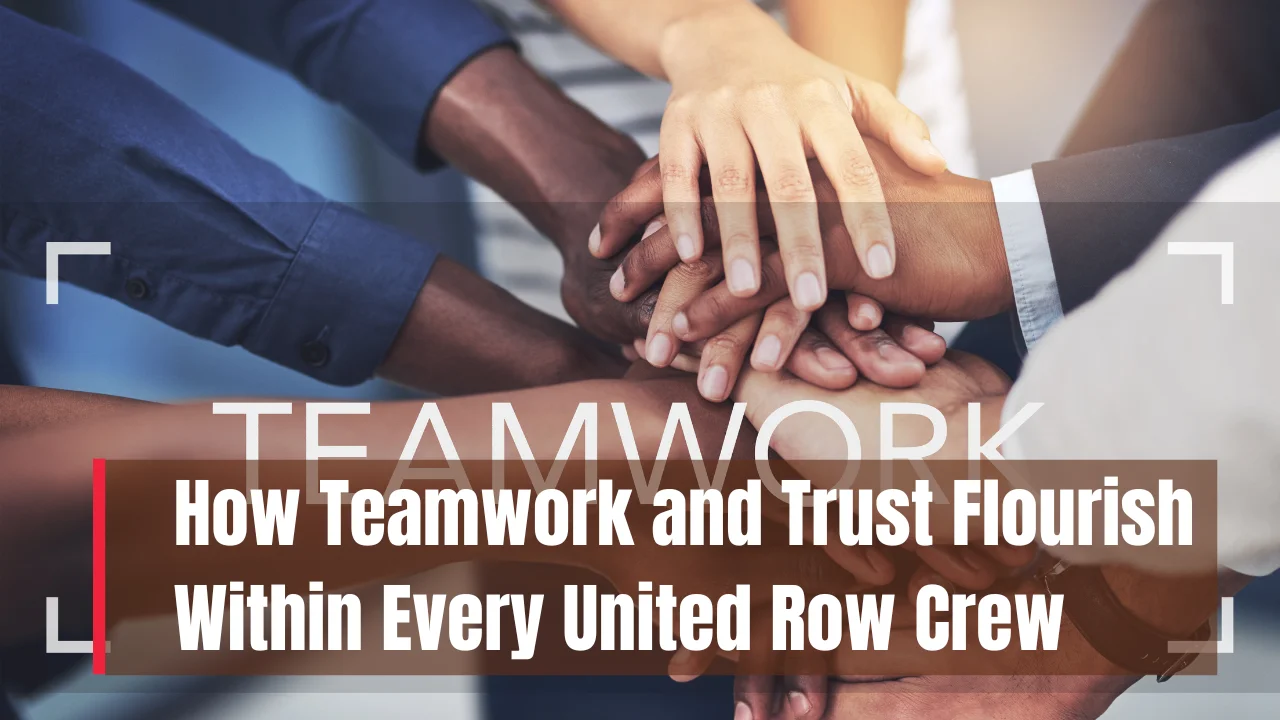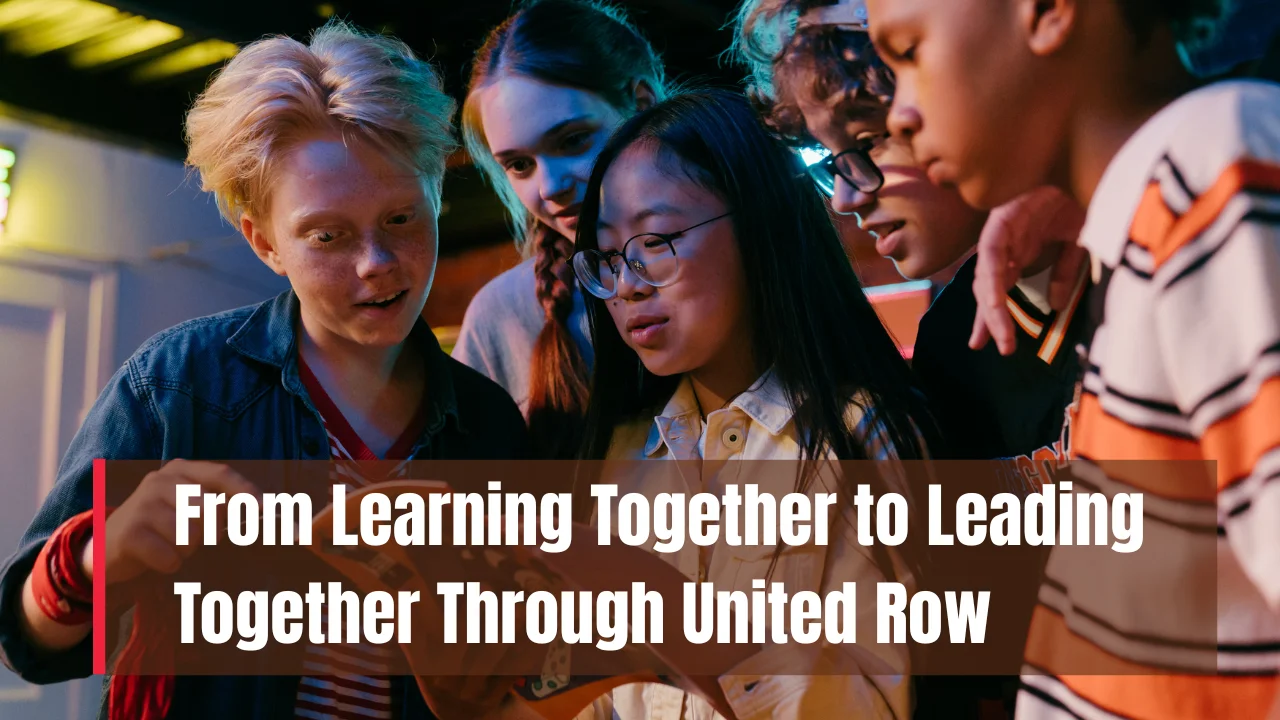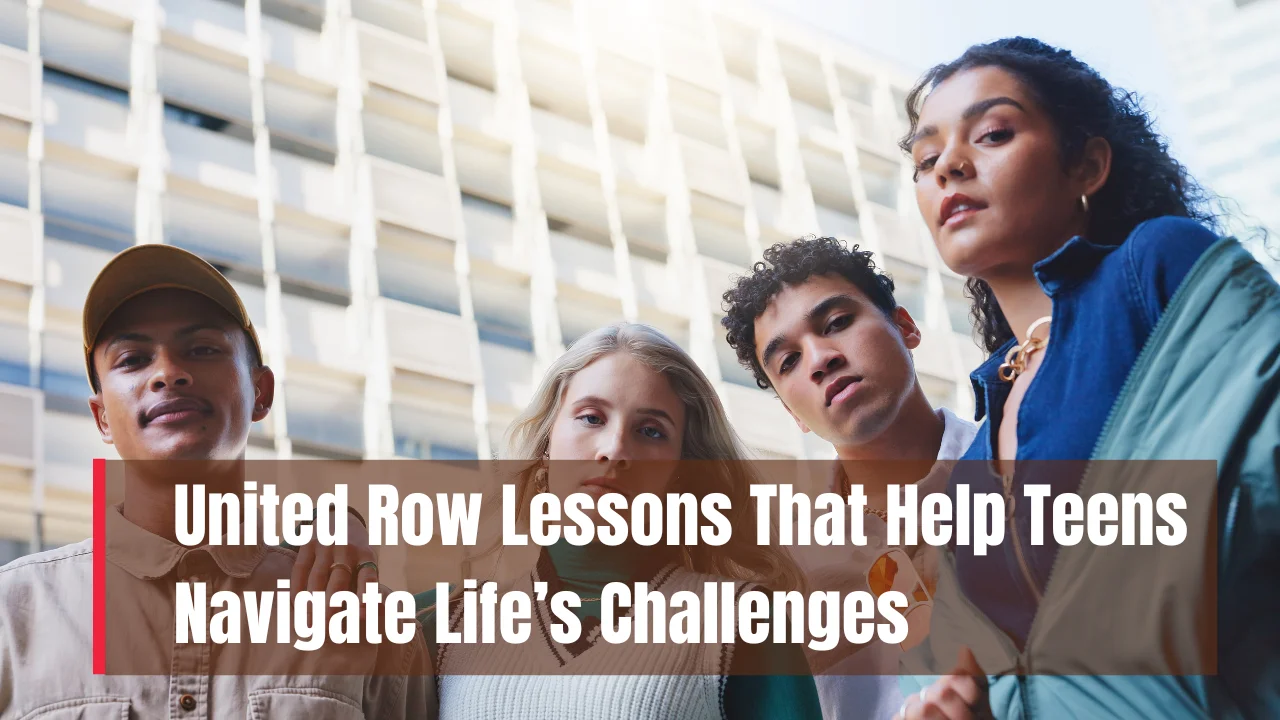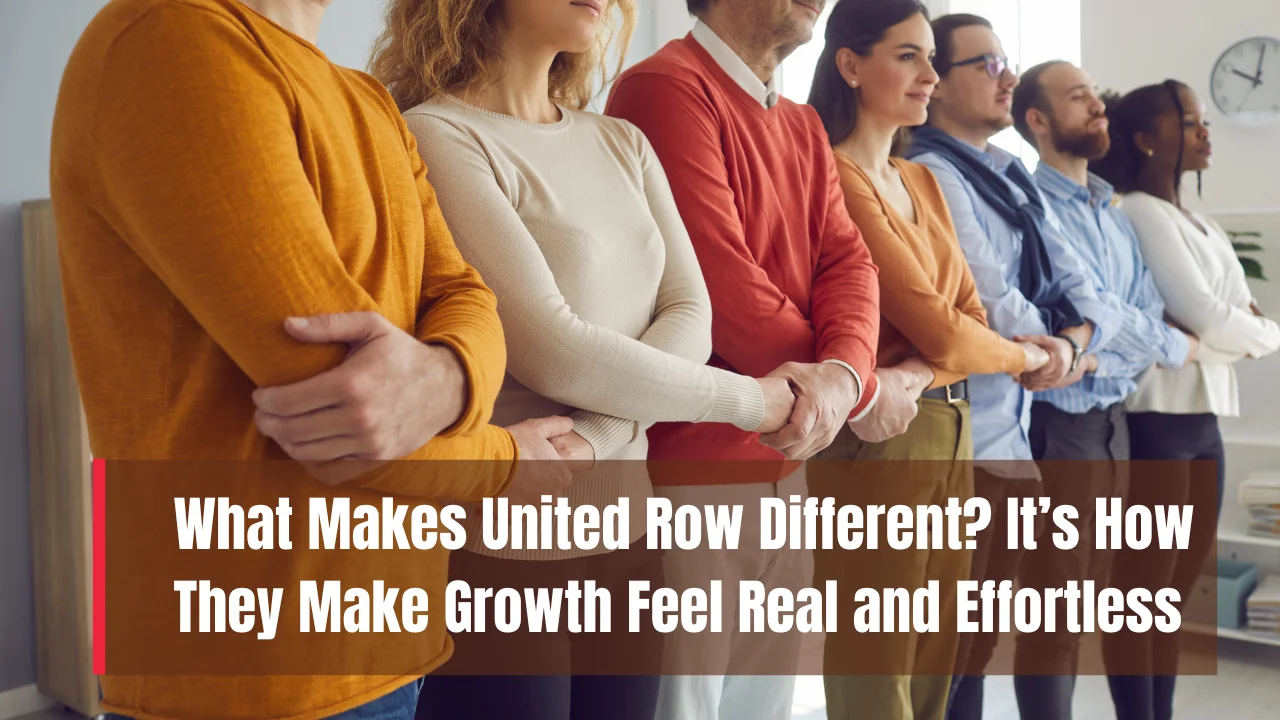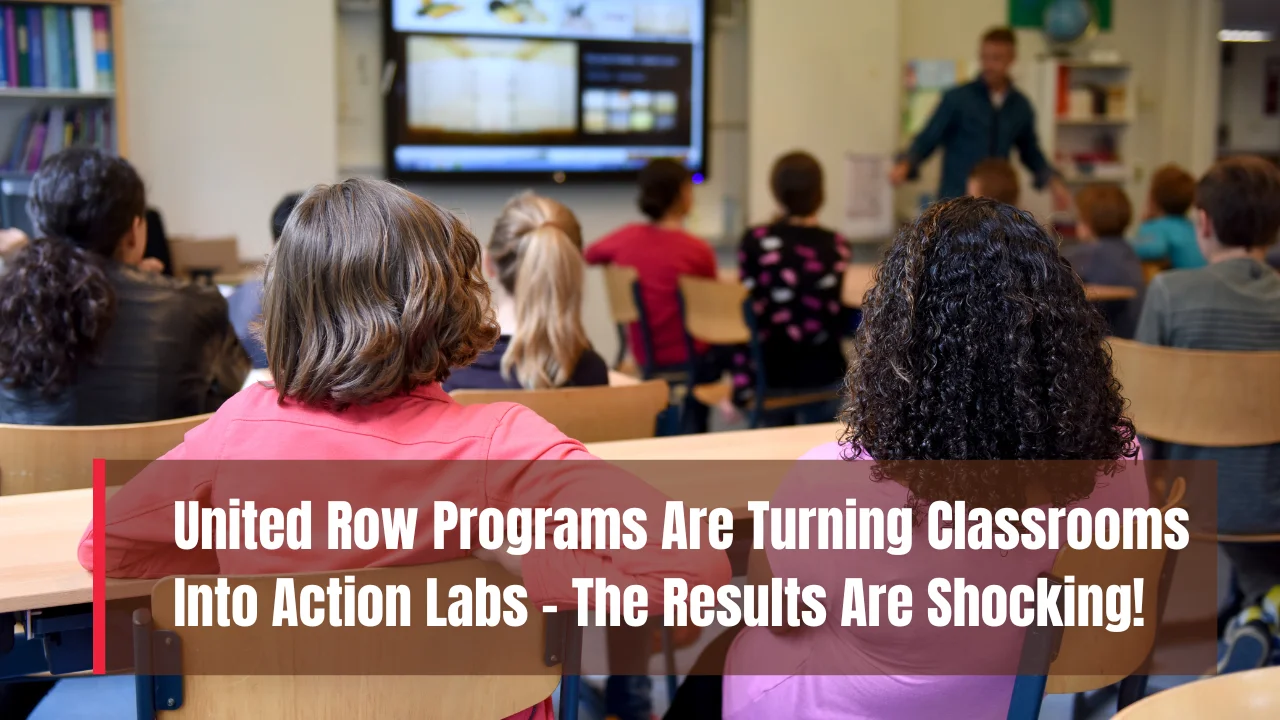United Row Projects: United Row Projects are reshaping the way youth connect with their communities and discover their potential. By focusing on service-driven action and personal leadership, these projects provide meaningful platforms where young people can grow into confident, capable leaders. In a world that constantly evolves, preparing the next generation to take initiative, lead with compassion, and solve real-life problems has never been more essential.
This article explores the true power of United Row Projects—how they promote service, ignite leadership qualities, and cultivate a strong sense of civic duty among young individuals. We’ll break down the structure, benefits, and key strategies behind these projects, offering a unique look at how they fuel transformation in both youth and their communities.
United Row Projects: Building Leaders Through Purposeful Action
At their core, United Row Projects are community-based initiatives designed to combine service and leadership training in one impactful experience. Unlike traditional education models, these projects place youth in active roles where they lead, organize, and contribute directly to social causes. This unique combination of hands-on involvement and mentorship empowers students to grow emotionally, intellectually, and socially. These projects also offer a solution to the growing gap in youth engagement, providing a structured yet flexible environment that encourages responsibility, communication, and innovation.
Overview of United Row Projects and Their Impact
| Key Feature | Brief Description |
| Leadership Development | Encourages young people to lead teams and initiatives |
| Community Service | Focuses on local impact through volunteering efforts |
| Youth-Led Structure | Projects are primarily designed and driven by youth |
| Skill-Building Activities | Involves event planning, problem-solving, and teamwork |
| Mentorship and Guidance | Adults support and mentor youth in their journey |
| Civic Responsibility | Teaches the importance of giving back to the community |
| Social Impact Awareness | Helps youth understand local and global challenges |
| Long-Term Personal Growth | Builds confidence, purpose, and career readiness |
What Are United Row Projects?
United Row Projects are not typical extracurricular activities. They are mission-driven, hands-on experiences that allow youth to step into leadership roles while serving their communities. From organizing local clean-up drives to hosting educational workshops for underprivileged children, these projects bring youth together to plan, implement, and reflect on real community initiatives.
Unlike top-down models, these programs are built around youth agency. The participants are not just involved—they’re in charge. With the support of mentors and community partners, they create strategies, divide tasks, coordinate events, and track progress. This level of involvement pushes them to think critically, communicate effectively, and lead confidently.
Why Youth Empowerment Matters
In today’s social and digital landscape, young people are often more aware of global challenges than ever before, yet many still feel powerless to create change. United Row Projects fill that gap by offering structured opportunities where youth can take action.
Youth empowerment doesn’t just benefit individuals; it strengthens communities. When young people are given the space and trust to lead, they bring new energy and fresh ideas. They learn how to solve problems collaboratively, handle challenges with resilience, and understand the value of serving others. Empowered youth are also more likely to stay involved in civic and social efforts into adulthood, making these projects long-term investments in society’s future.
Benefits of United Row Projects for Youth
The transformative potential of United Row Projects lies in their ability to merge leadership development with real-world action. Some key benefits include:
- Real Leadership Experience: Youth practice managing teams, events, and resources, learning how to guide others effectively.
- Self-Confidence Boost: Completing meaningful tasks builds a sense of pride and belief in their abilities.
- Community Engagement: Participants develop deeper ties to their communities, understanding their role in shaping the world around them.
- Transferable Skills: Skills such as time management, critical thinking, and collaboration are essential in both school and professional settings.
- Character Development: Working on meaningful issues nurtures empathy, responsibility, and ethical decision-making.
Types of United Row Projects
These projects can take on many different forms, depending on the interests and needs of the community. Common examples include:
- Environmental Action Projects: Youth lead tree-planting drives, recycling programs, or climate awareness events.
- Educational Outreach: Organizing tutoring sessions, book donations, or literacy workshops for underserved groups.
- Public Health Initiatives: Hosting hygiene awareness camps or mental health support groups for peers.
- Fundraisers for Local Causes: Planning benefit concerts, charity walks, or donation drives to support shelters or food banks.
- Civic Engagement Events: Encouraging voter registration, hosting community forums, or engaging in local policy discussions.
Each of these provides a practical framework for leadership development while making an immediate impact.
Key Elements That Make These Projects Successful
Not all youth programs are created equal. What sets United Row Projects apart is their thoughtful design and youth-centered approach. Successful projects tend to share these characteristics:
- Youth-Led Planning: Empowering participants to make key decisions builds ownership and accountability.
- Mentorship Support: While youth lead, mentors guide, helping them reflect, plan, and grow with purpose.
- Clear Goals and Outcomes: Projects that have defined targets help maintain focus and motivation.
- Inclusive Participation: Open access ensures that youth from diverse backgrounds can contribute and benefit.
- Celebration of Progress: Recognizing small and big wins keeps participants inspired and committed.
When these elements come together, the results are powerful—not just in impact but in personal transformation.
Two Important Ways United Row Projects Help Youth
1. Leadership Growth
- By stepping into roles such as coordinators, facilitators, or outreach leaders, youth get real-life leadership experience. They learn the importance of planning, organization, delegation, and adaptability.
2. Community Impact
- These projects allow youth to directly improve their neighborhoods or schools. Whether it’s through cleanup efforts, tutoring, or local advocacy, the change is visible, reinforcing the value of civic responsibility.
Real-Life Examples of Impact
One powerful example involves a group of teenagers from a small town who launched a weekend STEM program for elementary school kids. Using local resources and donated supplies, they created workshops and mentoring sessions, boosting interest in science among younger students and encouraging peer learning.
In another case, a group of high school students organized a campaign against food waste, collaborating with local restaurants to donate surplus food to shelters. Their project not only fed dozens of families but also raised awareness about sustainable practices in their community.
Stories like these are proof that with the right tools and support, youth can be the driving force of change.
Final Thoughts
United Row Projects are not just platforms for service—they are powerful spaces for growth, discovery, and leadership. They allow young people to see themselves not just as learners, but as leaders and changemakers. Through purposeful action, these projects cultivate a lifelong sense of responsibility, confidence, and connection to the world around them.
If you’re a young person ready to make a difference or a parent, teacher, or mentor looking to support youth leadership, now is the time to explore how these projects can be a game-changer. Step into the movement. Help build a generation that leads with empathy, acts with courage, and serves with heart.
FAQs
These projects typically engage youth between the ages of 12 and 24, though younger participants can join with mentorship and support.
No prior experience is needed. These projects are designed to teach leadership and service through hands-on learning.
Absolutely. All it takes is a good idea, a committed team, and a local issue you’re passionate about. Many communities and schools support youth-led initiatives.
Projects can range from a one-day event to a multi-month program, depending on goals and resources.
Most projects are low-cost or free. Supplies are often donated or funded through community partners or small grants.
